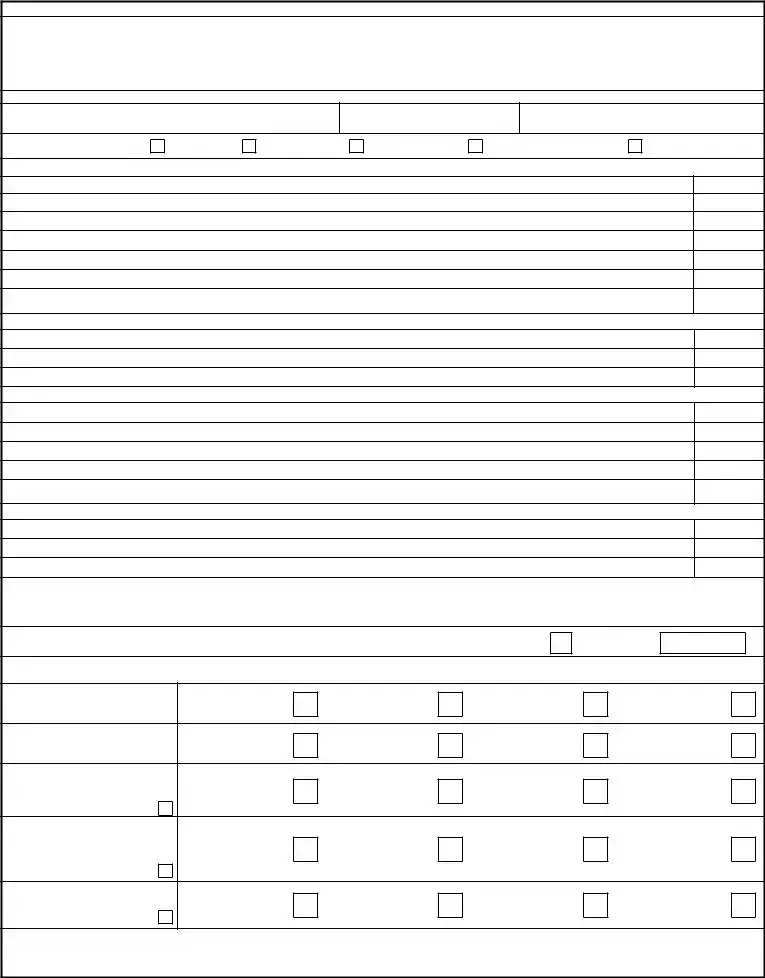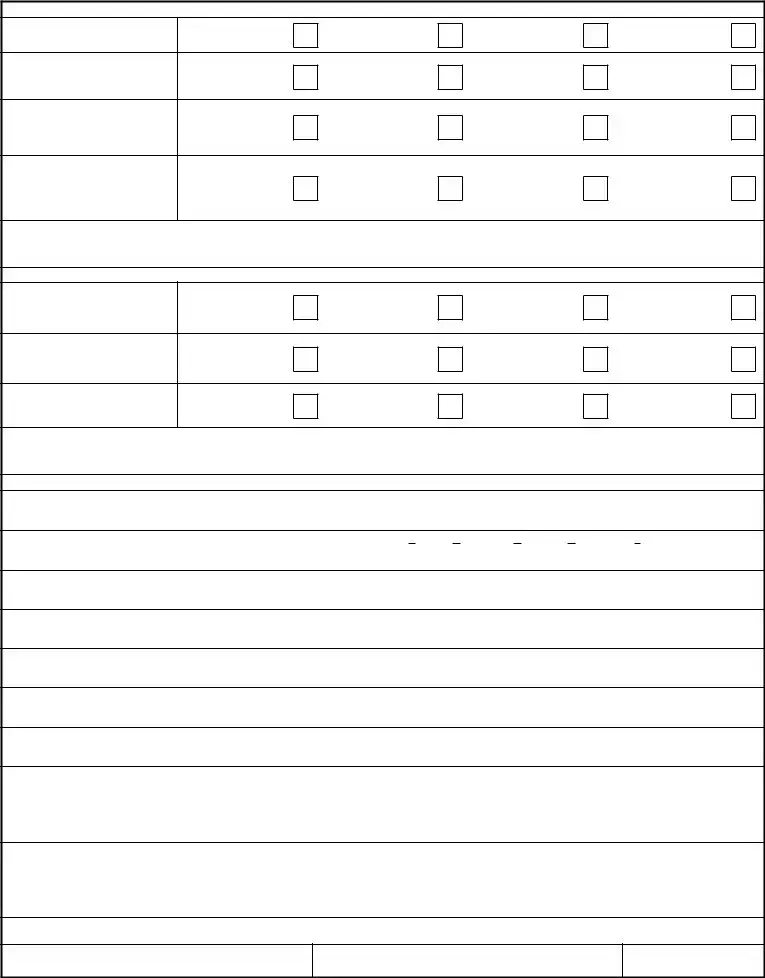What is the AF 931 form used for?
The AF 931 form, or Airman Comprehensive Assessment Worksheet, is designed to document the effectiveness and duty performance history of airmen from the rank of Airman Basic to Technical Sergeant. This form helps provide a structured method for evaluating an airman’s self-assessment, performance in duties, and overall readiness within the Air Force framework.
Who is required to fill out the AF 931 form?
The AF 931 form must be completed by both the ratee (the airman being assessed) and the rater (the supervising officer). The ratee provides a self-assessment, while the rater evaluates the airman’s performance in key areas relevant to their role and responsibilities.
What information is needed to complete the AF 931 form?
Essential information includes the airman’s name, rank, unit, type of assessment (initial, mid-term, or follow-up), and scores or feedback concerning their understanding of specific responsibilities and expectations. The rater will complete sections evaluating aspects such as performance, leadership, and training of others.
Is it mandatory to fill out the AF 931 form?
Completing the AF 931 form is voluntary but strongly encouraged. It facilitates discussions about performance and helps in developmental feedback. The completed form can be requested as outlined in AFI 36-2406, and it serves as an important tool for personal and professional development within the Air Force.
What factors are assessed on the AF 931 form?
The AF 931 evaluates several key areas, including task knowledge, initiative, skill level progression, duty position requirements, communication skills, and adherence to Air Force core values. Each factor includes specific comments and ratings to provide a comprehensive overview of an airman’s performance.
How does the AF 931 form protect personal information?
The AF 931 form is subject to the Privacy Act, ensuring that personal information is protected. It may be disclosed outside the Department of Defense only under routine uses as authorized by law. Airmen have rights regarding the management and protection of their information under this framework.
Can airmen request a copy of their AF 931 form?
Yes, airmen may request a copy of their completed AF 931 form in accordance with AFI 36-2406. This provision allows airmen to retain a record of their performance assessments for personal reference or future evaluations.
What happens during the feedback session after completing the AF 931 form?
During the feedback session, the ratee and rater discuss the airman’s performance, strengths, and areas for improvement. It is an opportunity for open communication and guidance, allowing the airman to set goals and receive support for their professional development.
How often should the AF 931 form be completed?
The AF 931 form should be filled out regularly according to the assigned assessment type, such as initial, mid-term, or follow-up assessments. The frequency of these evaluations may depend on the airman’s position, the needs of the unit, and specific leadership requirements.



